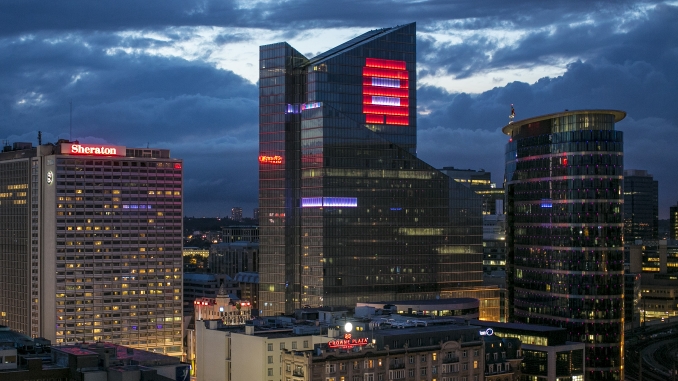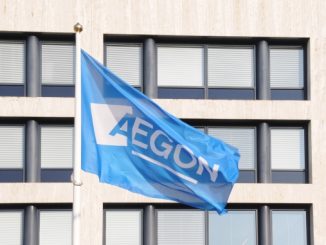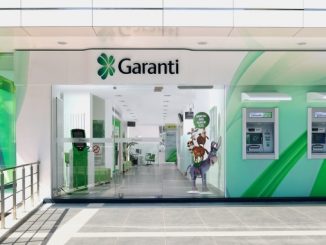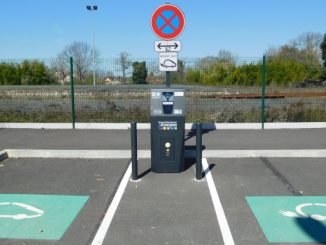
Belfius inaugurated a green bond framework last Tuesday with a €500m six year senior non-preferred (SNP) issue and achieved a “greenium” of several basis points, according to lead bankers, as banks took advantage of strong demand for green bonds to tap the euro market for SNP and Tier 2.
The Belgian bank’s mandate was announced on 26 May, with Belfius and Crédit Agricole as green structurers. The use of proceeds of Belfius’s green bond framework comprises of five categories: renewable energy, energy efficiency, clean transportation, green real estate, and waste and water management. The selected green portfolio for the inaugural green bond comprises 50% renewable energy assets (onshore/offshore wind and solar photovoltaic power), and 50% green retail real estate (residential mortgage loans).
Leads ABN AMRO, Belfius, Crédit Agricole, NatWest and UniCredit last Tuesday morning (1 June) went out with initial price thoughts of the mid-swaps plus 80bp area for the €500m no-grow June 2027 issue, with expected ratings of Baa2/BBB+ (Moody’s/S&P). After two hours, books were above €800m, excluding joint lead manager interest, and after around three and a quarter hours, guidance was revised to 62bp+/-2bp, will price in range, on the back of books above €1.2bn, excluding JLM interest. After about three and three quarter hours, the spread was fixed at 60bp on the back of books above €1bn, excluding JLM interest.
A lead syndicate banker said the deal enjoyed a very strong reception, in line with other green bonds executed recently. He said that compared to an average new issue premium for comparable deals of around 5bp, Belfius was able to price its green debut 2bp inside fair value based on its conventional curve.
“It is clear that the green element is very sought after and is a great way to de-risk a possible trade,” he added. “Certainly, if issuers have it in their back pocket, it can potentially catch the eyes of a lot of accounts.”
Ellen Van Steen, head of long term funding at Belfius, said the issuer decided to come to market with its inaugural green bond as conditions were favourable, and that it was very pleased with the outcome and the strong investor reception.
“We saw a very important participation of ESG/green investors,” she said. “The final pricing level of our inaugural green bond was lower than for a conventional Belfius non-preferred senior transaction, which we believe is a result of the green character of the issuance.”
Around 100 investors were in the final book, with France taking 39%, Germany and Austria 34%, the Benelux 10%, southern Europe 6%, the UK and Ireland 5%, Asia 3%, and Switzerland 2%. Asset managers were allocated 78%, insurance and pension funds 8%, banks and private banks 8%, central banks and official institutions 5%.
Belfius’s green debut was among €1.85bn of green bonds from banks last week and ABN AMRO fixed income strategist Tim Kinmonth described the week’s activity as “stunning”, noting that it constituted the majority of €2.35bn of overall bank issuance in euros.
“The larger share of green bonds in total issuance likely reflects the lower funding needs for banks, while they prefer to use the green assets on their balance sheet and take advantage of the extra investor demand for the bonds,” he said. “Essentially, overall market funding is lower but green bond funding is stable or rising meaning that green bonds as a percentage of total funding has risen.”
Alongside Belfius’s trade, Danske Bank sold a €500m eight year non-call seven SNP green bond, Czech Raiffeisenbank AS a €350m seven year non-call six SNP green bond, and ING Group a €500m 11 year non-call six green Tier 2.
Van Steen said the six year maturity of Belfius’s new issue fit the redemption profile of its senior debt well, while the SNP issuance further builds up its MREL debt.
She said Belfius intends to issue green bonds on a regular basis, and is open to issuing in various formats.
“However, this will depend both on the evolution of our funding needs and the availability of green assets,” Van Steen added.



